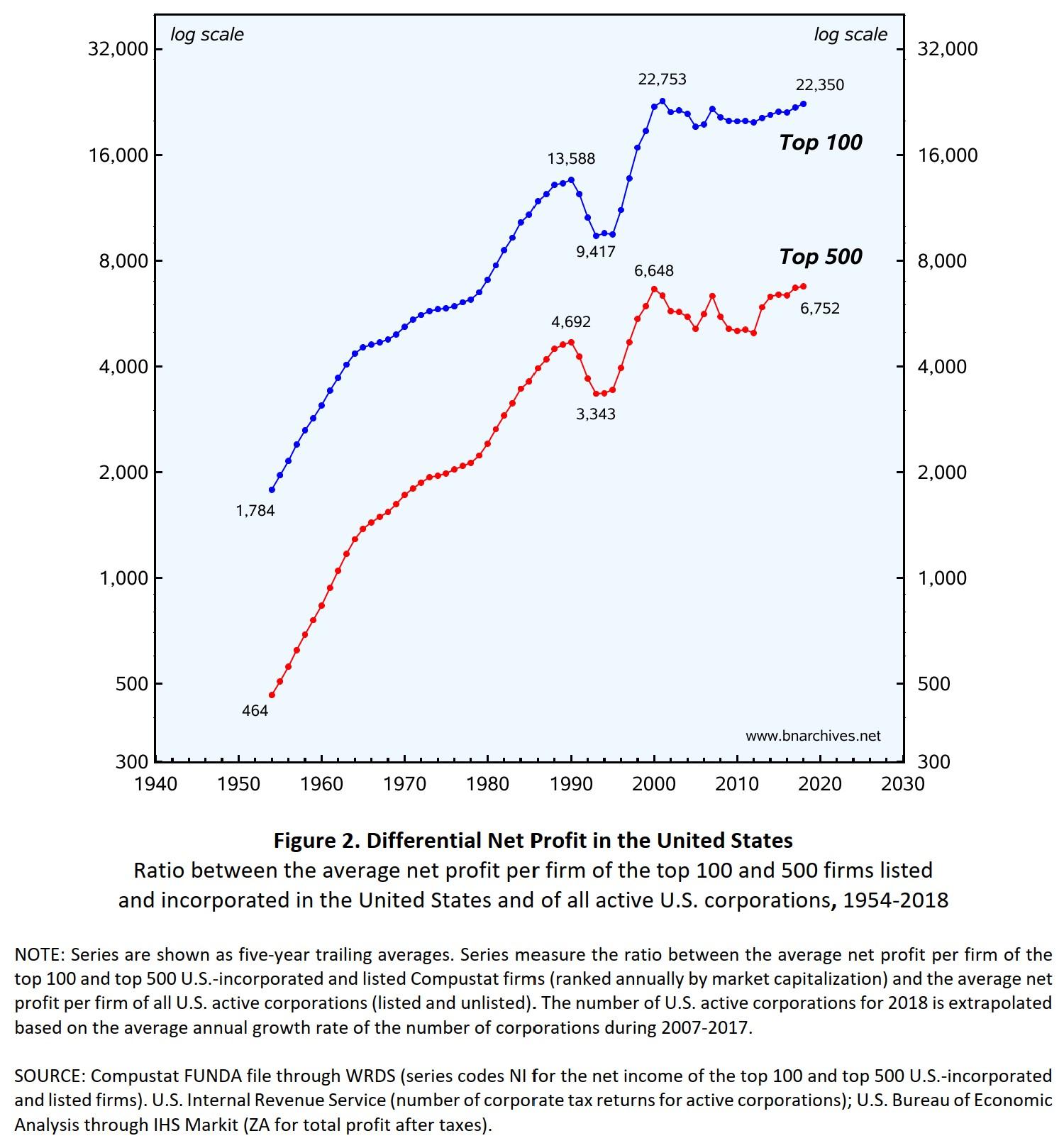- This topic has 5 replies, 4 voices, and was last updated October 15, 2022 at 4:46 pm by .
-
Topic
-
This post began as a Twitter exchange with Pieter de Beer:
de Beer:
If Capital is power (and under capitalism it is) then the only way to subvert dominant capital, is by coordinating capital at the federated communal level, preventing it’s flow toward the already powerful. But this is not enough. We also need re-commoning and decommodification,
Bicher & Nitzan:
Capital is a discounted claim on risk-adjusted expected future earnings, and the earnings, risk and the rate at which they are discounted reflect power. In this sense, it’s impossible to disassociate capital from power and have it flow away from the powerful.
You can try to distribute capitalized power more evenly, but so far these attempts have not succeeded (see ‘Dominant capital is much more powerful than you think‘).

The alternative is to de-capitalize — i.e., to replace capitalized power with direct democracy — and as we know, that ain’t simple.
de Beer:
I hope to disambiguate here. are you saying it is impossible to dissociate capital from power? or it is impossible to have it flow away from the powerful? or it is impossible to accomplish both, either sequentially or simultaneously?
if future earnings form the basis of the capitalization ritual, then anything which negatively impacts the potential future earnings, will undermine capital. So if a community ceases consuming from an expected revenue stream, and self-provisions instead, that would have impact?
and since both consumption and production trends will impact on expected future earnings, the denial of labour to a particular company would impact that company’s ability to produce, and thus impact expected future earnings
***
Bichler & Nitzan:
Here is our brief reply and invitation for others to join the exchange:
1. Not all power is capital, but in our view all capital is power (see Part III in Capital as Power and our 2020 rejected interview). So, as we see it, capital cannot be disassociated from power.
2. Capital itself is a quantified legal claim on power. The magnitude of this claims goes up and down depending on the objective circumstances and the capitalists’ perception of these circumstances and how they are likely to unfold.
3. The distribution of these claims is constantly changing. We know that in most countries the personal distribution of capital holdings has become more unequal since the 1980s. And as the U.S. figure above shows, the corporate distribution grew more and more concentrated since the 1950s.
4. These trajectories can be reversed, but since capital is power, such reversal requires that the power of capital in general and of dominant capital particularly be curtailed.
5. Achieving this curtailment is difficult because the structure and mindset of our society are so captured and shaped by the logic of capital, that small victories are eventually washed by capitalist counter tidal waves.
6. One possible way to bypass this built-in imbalance is societal Jujutsu: levering the logic of capital against capital. In the last section of ‘Theory and Praxis, Theory and Practice, Practical Theory‘ we argued that to achieve autonomy and direct democracy, we need a program that both caters to the immediate interests of the vast majority of the population and pulls the rag from under the feet of capital in one fell swoop.
7. One way of doing so, we proposed, is to use workers savings to build affordable housing and use those housing projects to provide for workers pensions. This program not only addresses the global dearth of shelter and retirement income, but it can also enable and amplifies grass-root ‘demoskatia’. Finally, and crucially, by diverting workers savings from the capitalist stock and bond markets, it deals a serious blow to the rule of capital.
- You must be logged in to reply to this topic.
